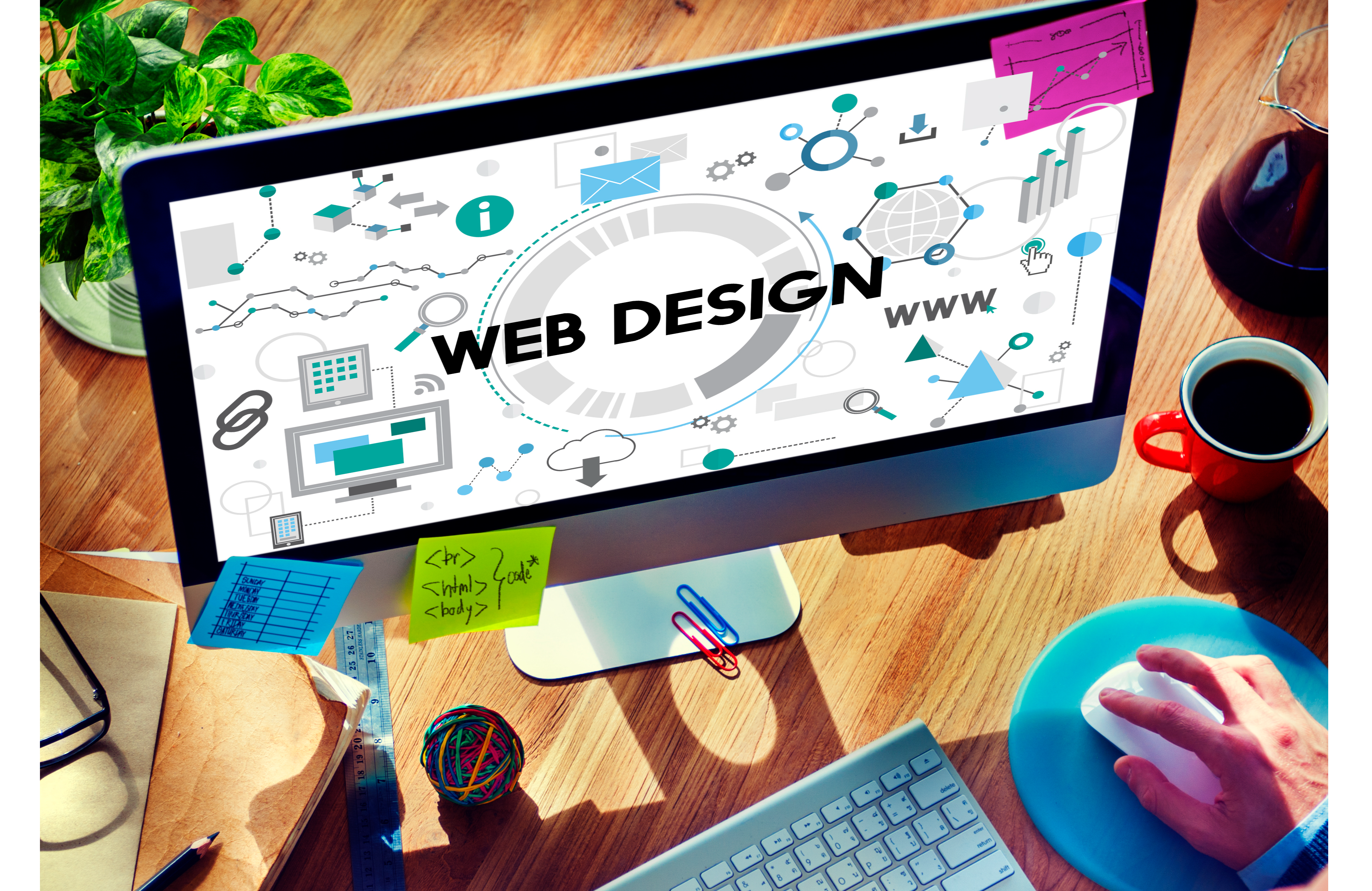


The term Internet of Things (IoT) refers to the network of interconnected devices and sensors that communicate and share data with each other over the internet. Understanding the current trends and predicting the future of IoT development is crucial for businesses and developers to stay ahead in this rapidly evolving landscape.
The IoT market has witnessed exponential growth in recent years, with a proliferation of connected devices across various industries. From smart homes and wearable devices to industrial machinery and autonomous vehicles, IoT technologies are reshaping the way we live and work.
Edge computing and its impact on IoT: Edge computing involves processing data closer to the source, reducing latency and bandwidth usage. This trend enables real-time analytics and decision-making, making it essential for IoT applications.
Integration of AI and machine learning: AI and machine learning algorithms are being increasingly integrated into IoT devices to analyze vast amounts of data and extract meaningful insights. This convergence enhances the capabilities of IoT systems and enables predictive maintenance, anomaly detection, and personalized experiences.
Enhanced security measures: With the proliferation of connected devices, ensuring the security and privacy of data transmitted over IoT networks is paramount. Developers are implementing robust encryption protocols, authentication mechanisms, and intrusion detection systems to mitigate cybersecurity threats.
Expansion of 5G networks: The rollout of 5G networks promises faster data speeds, lower latency, and higher reliability, unlocking new possibilities for IoT applications. This trend facilitates seamless connectivity and enables the deployment of bandwidth-intensive IoT solutions such as autonomous vehicles and augmented reality.
Focus on sustainability and energy efficiency: As environmental concerns mount, there is a growing emphasis on developing energy-efficient IoT solutions. From smart grid systems to green buildings, IoT technologies are being leveraged to optimize resource utilization and reduce carbon emissions.
Interoperability and standardization efforts: Achieving interoperability among diverse IoT devices and platforms is essential for seamless integration and scalability. Industry consortia and standards bodies are working towards developing interoperable protocols and frameworks to enable plug-and-play functionality and facilitate ecosystem growth.
Growth of IoT in healthcare: IoT technologies are revolutionizing the healthcare industry by enabling remote patient monitoring, personalized medicine, and predictive analytics. From wearable devices that track vital signs to smart implants that deliver targeted therapies, IoT innovations are improving patient outcomes and reducing healthcare costs.
Smart cities and urban IoT solutions: Cities around the world are deploying IoT solutions to enhance efficiency, sustainability, and quality of life for their citizens. Smart infrastructure, connected transportation systems, and environmental monitoring sensors are just a few examples of urban IoT applications transforming cities into intelligent ecosystems.
Continued growth and expansion of IoT market: The IoT market is expected to continue its upward trajectory, driven by increasing demand for connected devices and the proliferation of IoT-enabled services across industries.
Increased investment in IoT startups and technologies: Venture capital firms and technology giants will continue to invest heavily in IoT startups and innovative technologies, fueling further innovation and market growth.
Rise of connected ecosystems and IoT platforms: The emergence of connected ecosystems and IoT platforms will facilitate seamless integration and interoperability among diverse devices and applications, enabling the creation of holistic IoT solutions.
Advancements in edge AI and real-time processing: Edge AI capabilities will continue to evolve, enabling more sophisticated analysis and decision-making at the edge of the network. This trend will enable IoT devices to operate autonomously and respond to real-time events more effectively.
Integration of blockchain for enhanced security: Blockchain technology will play a crucial role in enhancing the security and trustworthiness of IoT networks, enabling secure peer-to-peer transactions, data provenance, and tamper-proof record-keeping.
Expansion of IoT in emerging markets: Emerging markets will represent significant growth opportunities for IoT adoption, driven by urbanization, industrialization, and increasing connectivity. IoT solutions tailored to the needs of emerging markets will address unique challenges and unlock new economic opportunities.
Adoption of IoT in agriculture and rural areas: IoT technologies will revolutionize agriculture and rural development by enabling precision farming, crop monitoring, and livestock management. These innovations will enhance productivity, reduce resource wastage, and improve livelihoods in rural communities.
Challenges and opportunities for IoT developers: IoT developers will face challenges related to scalability, interoperability, security, and privacy. However, these challenges also present opportunities for innovation and differentiation, driving the evolution of IoT technologies and ecosystems.
As we look ahead to the future of IoT development in 2024 and beyond, it is clear that the landscape will continue to evolve rapidly, driven by technological advancements, market dynamics, and societal trends. By staying informed about emerging trends and embracing new opportunities, businesses and developers can position themselves for success in the IoT-driven digital economy of the future.

2 December 2025

24 November 2025

21 November 2025

17 November 2025

14 November 2025

D-U-N-S Number : 860501484
© 2023 ALL RIGHTS RESERVED. DESIGNED BY NINOS IT SOLUTION DEVELOPED BY ECPHASIS INFOTECH